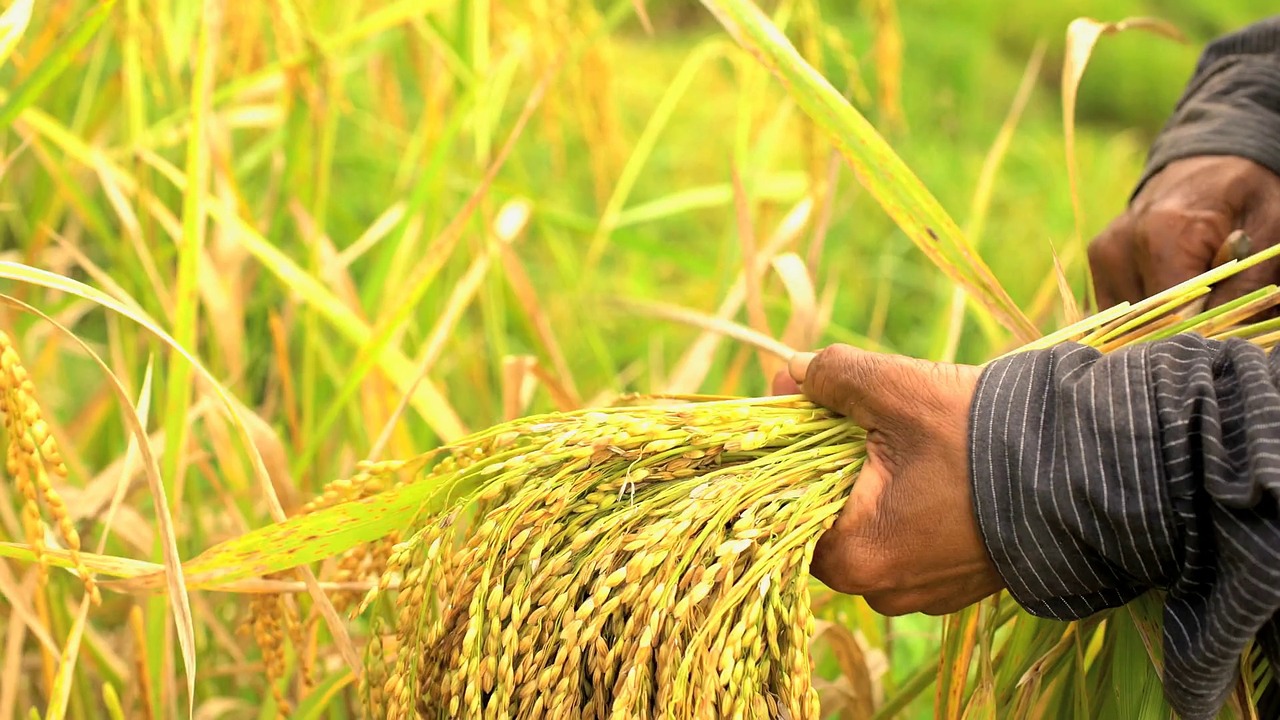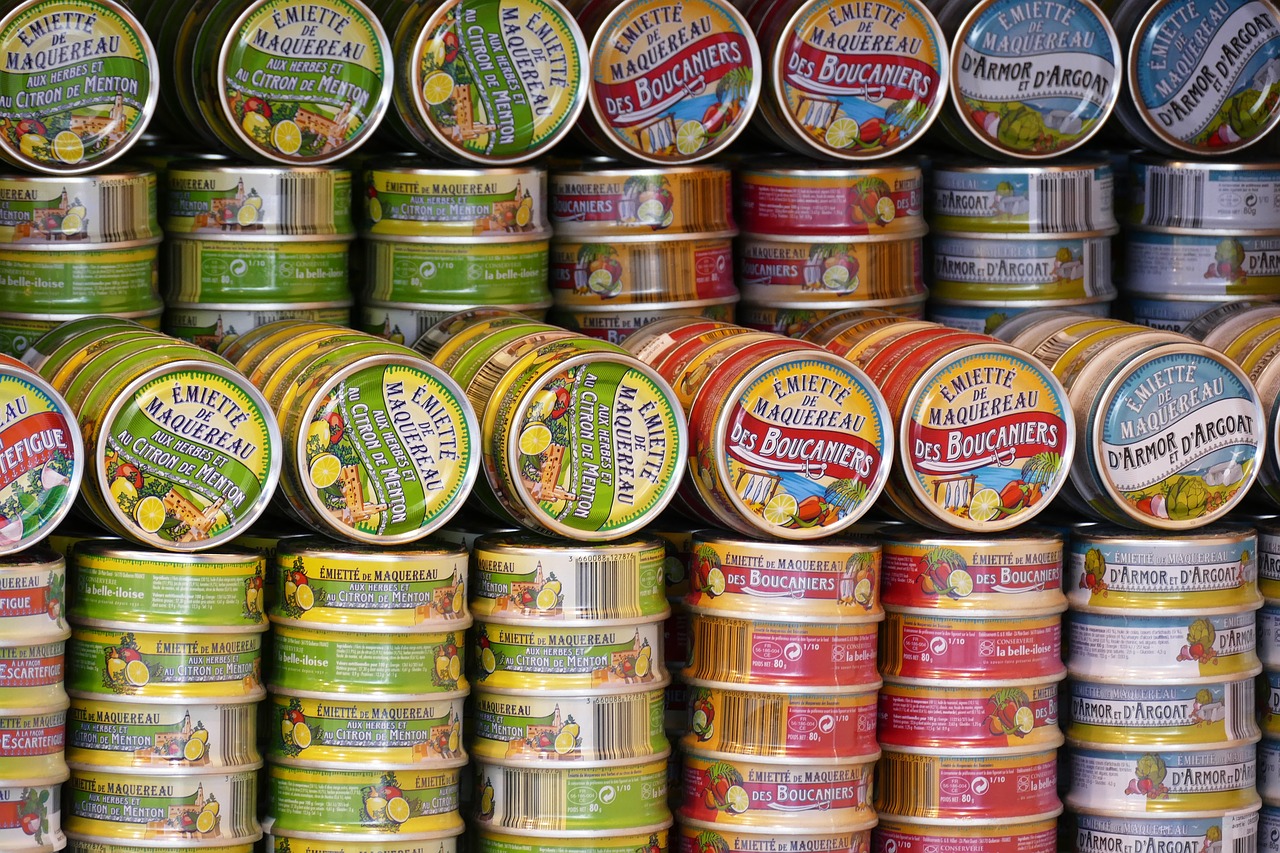
Tinkering With Root Hair May Help Boost Crop Yields
- News
- 2.9K
Have you ever wondered how a plant is able to sense nutrients in the soil? The answer lies in the root design. Plants have the capability to change angle and length of their roots as well as hair-like extensions on roots for absorbing nutrients from the soil.
Now researchers are exploring mechanisms adopted by plants to survive in low phosphate soils and figuring out if they can develop better strategies for plants to deal with poor water availability and low soil minerals.

Dr. Jitender Giri and Bipin K. Pandey
In a collaborative study, researchers at the National Institute of Plant Genome Research (NIPGR) here have discovered in rice plant that production and transport of a hormone, auxin, in root hair zone trigger elongation of root hair under low phosphate conditions. The results of the study have been published in journal Nature Communications.
Phosphate is an important nutrient for plant growth and development. Researchers say once roots sense the low availability of phosphate in the soil, the information is communicated to the plant which then signals back the use of auxin to roots, in order to stimulate root hairs to grow longer and capture phosphate.
The study explains how auxin serves as an important signal for phosphate status in the root. A specific gene, OsAUX1, mobilizes auxin in the region of the root where it signals hair elongation when roots encounter low soil phosphate.
Root hairs help to absorb phosphate and water from the soil. The root hairs elongate to increase surface area to capture scarce nutrients such as phosphate under low soil phosphate conditions.
“Green revolution helped almost triple yields of major crops like rice and wheat. However, it was highly dependent on chemical fertilizers like phosphate and urea. India imports almost 90 percent of raw material for producing phosphate fertilizers. This inspired us to engineer plant roots for better nutrient acquisition,” Dr. Jitender Giri told India Science Wire. Bipin K. Pandey, a member of the team, explained that the study had revealed the big role of tiny cellular extensions – root hairs- in nutrient acquisition from poor soils.
In another study published in the same journal, the research group has used Arabidopsis, a model plant, to further explore the phenomenon. It has been seen that when auxin synthesis or its transport to root tissues is disrupted, plant shows poor root hair elongation in response to low external phosphate conditions.
This research teams included members from NIPGR (India) , University of Nottingham (UK), Shanghai Jiao Tong University, (China), CIRAD (France), Swedish University of Agricultural Sciences (Sweden), University of Aberdeen (UK), JIRCAS (Japan), James Hutton Institute (UK), Rothamsted Research (UK), The Pennsylvania State University, (USA) and University of Adelaide (Australia). The research work at NIPGR was funded by the Department of Biotechnology (DBT). (India Science Wire)
By Ratneshwar Thakur
Journal Article
For the latest Science, Tech news and conversations, follow Research Stash on Twitter, Facebook, and subscribe to our YouTube channel


